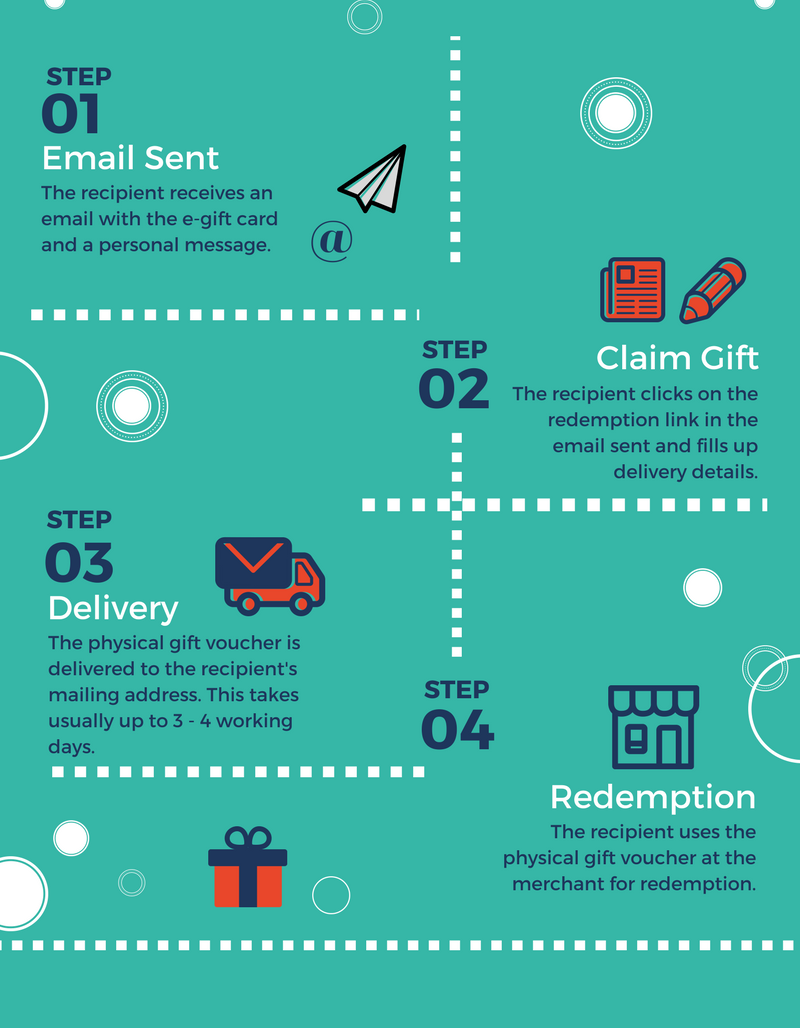Laser inscribing on glass can add vibrant, personalized styles to a range of products. This adaptability is one of the main benefits of laser technology over various other inscribing techniques.
Before you etch your glass products with the laser, understand a couple of common problems that can develop. These tips will certainly aid you achieve the best outcomes possible.
How Laser Engraving Functions
Laser inscription is a preferred method for etching and customizing products. It is a procedure that can be executed on a wide variety of materials, consisting of glass, timber and steel. Laser inscribing equipments can produce very comprehensive styles, with great lines and specific cuts. Utilizing this technique, you can create customized honors and various other items that make certain to excite.
To attain the desired results, first, you will need to conceptualize the design. This will help you to decide what type of image or text you wish to engrave externally. Then, you will certainly need to transform your idea into an electronic graphic. This can be performed with graphic layout software application, such as Adobe Illustrator or Inkscape, and then conserved into a documents style that works with your laser engraver.
When the inscribing data are prepared, it is time to start preparing the product for laser noting. This can be done by applying a black mask that is designed especially for laser use. The dark shade of the mask reflects laser light, and aids to reduce any kind of warm that would certainly otherwise harm the surface.
Restricting Cracking
When the laser light beam strikes the surface of glass it instantly heats the material up. The sudden heating causes microscopic fractures to the surface. The cracks and fractures create the look of inscription, etching or frozen glass.
The varying structures of different kinds of glass can impact exactly how the material reacts to the laser. It is very important to carefully test your laser settings on an example item of glass before beginning a job. Accurate emphasis is additionally crucial for tidy, consistent outcomes.
To enhance the top quality of your engravings try using a dark paper to shield the glass from the laser. The specialized dark paper has a layer that takes in the laser power and permits the engraving to occur. The dark paper can be gotten rid of once the inscription is full. It is also recommended to utilize a reduced resolution and reduce the amount of black in the graphics as this will help in reducing micro-fracturing. A Jarvis dithering pattern can additionally be applied to the visuals in the laser motorist settings to randomize and divide the dots of the layout and further lower the amount of micro-fracturing.
Preparing the Surface
Laser noting on glass and plastic provides a vast array of useful uses, from item traceability (like day codes or lot numbers) to 3D exploring frosted glass noting within the material itself. It's additionally utilized for decoration and style in industries like the auto, food, and telecommunication markets.
Obtaining great results from laser engraving on glass depends in part on the prep work of the surface area. Keeping the material clean of dust and oil aids the laser pass through much deeper and much better. Concealing the surface with a paper towel or newspaper a little larger than the engraving location can additionally lower the results of warm on big areas, helping to decrease damaging and enhance general engraving quality.
Layout and laser control software program can likewise impact how well the process functions. Programs like Adobe Illustrator or Corel Attract help you create and change your styles while programs like LightBurn or LaserGRBL control the laser's settings.
Getting going
Laser inscribing on glass is quick and effective, developing a premium look that enhances items and reinforces brand identity. While some might be wary of working with this fragile material, a little time and perseverance will assist ensure beautiful outcomes.
Utilizing an industrial laser, you can include ornamental patterns, messages, or personalized layouts to products like drinking glasses, containers, pitchers, and more. The procedure is non-contact, minimizing the risk of damage even on curved or breakable surface areas.
To take full advantage of laser efficiency, you'll intend to spend some time explore the settings for your specific maker and glass type. Refining these setups will decrease energy usage, enhance general inscribing high quality, and reduce the probability of errors or damage. For instance, you can increase the resolution and reduce the black level of your graphics to utilize less laser power. Likewise, making use of a Jarvis dithering pattern will divide and randomize the dots in your graphics to additionally reduce laser warm use.
